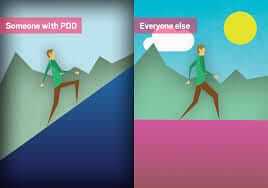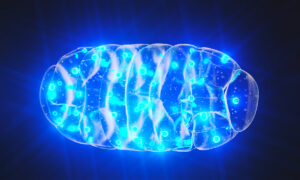Persistent Depressive Disorder
What is persistent depressive disorder?
Persistent depressive disorder is a form of chronic (ongoing) depression. Although symptoms of persistent depressive disorder may be less severe than other types of depression, they are longer-lasting in duration.
A new addition to the Diagnostic and Statistical Manual of Mental Disorders, Fifth Edition (DSM-5)– the standard reference manual used for the diagnosis of recognized mental illnesses in the United States – persistent depressive disorder is a consolidation of two previous diagnoses: chronic major depressive episode and dysthymic disorder.
Cleveland Clinic is a non-profit academic medical center. Advertising on our site helps support our mission. We do not endorse non-Cleveland Clinic products or services. Policy
Who experiences persistent depressive disorder?
Persistent depressive disorder can begin in childhood, adolescence, or adulthood. Symptoms appearing prior to 21 years of age are diagnosed as “early onset,” while symptoms beginning after age 21 are diagnosed as “late onset.”
Persistent depressive disorder appears to be more common in females than in males.
What causes persistent depressive disorder?
Although the exact cause of persistent depressive disorder is unknown, similarities to causes of major depression may exist, including:
- Brain chemistry—Exposure to severe or long-lasting stress can change the balance of chemicals in the brain that control mood.
- Heredity—Depressive disorders can be inherited from one or both parents.
- Environmental factors—Experiencing a trauma, loss, or hardship may trigger depressive symptoms in people who have an inherited susceptibility to developing the disorder.
What are the symptoms of persistent depressive disorder?
The primary feature of persistent depressive disorder is the presence of depressed mood on most days for at least 2 years for adults (at least 1 year for children and adolescents). During this period, individuals are depression-free for no longer than 2 months at a time.
Although not as severe as those of major depression, symptoms of persistent depressive disorder also include the presence of two (or more) of the following:
- Feelings of hopelessness
- Low self-esteem
- Low energy or fatigue
- Poor appetite or overeating
- Difficulty with concentration and decision-making
- Difficulty falling/staying asleep (insomnia) or sleeping too much (hypersomnia)
Individuals with persistent depressive disorder often maintain a negative view of themselves, their future, others around them, and general life events.







